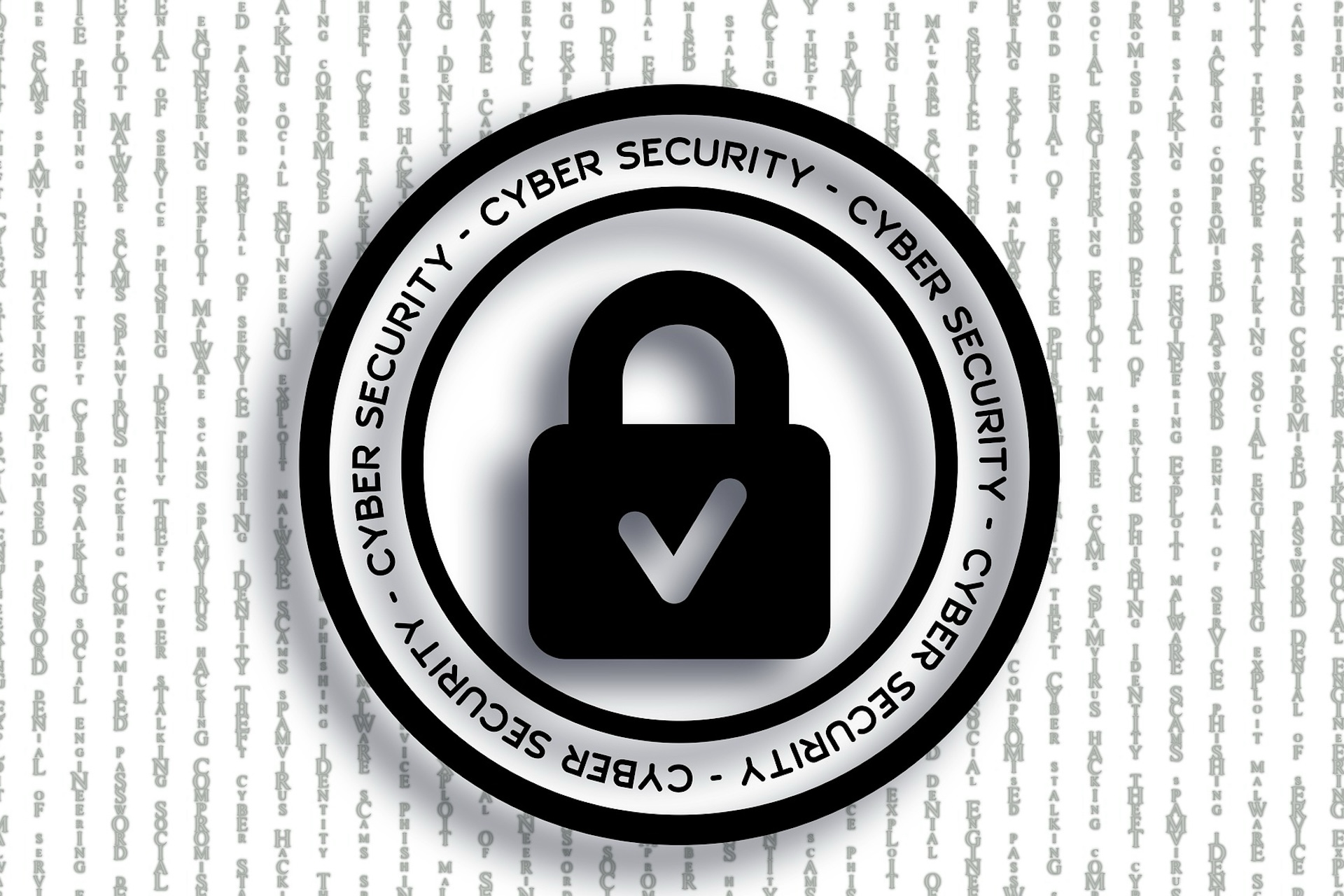Establishing a preventive cybersecurity routine is crucial for protecting your digital assets and minimizing the risk of cyber threats. Here's a comprehensive routine you can follow:
-
Regular Software Updates: Ensure that all software, including operating systems, applications, and security tools, is up to date with the latest patches and security updates. Many cyber attacks exploit vulnerabilities in outdated software.
-
Strong Password Management: Enforce strong password policies for all accounts and systems, including the use of complex passwords or passphrases, multi-factor authentication (MFA), and regular password changes.
-
Employee Training and Awareness: Conduct regular cybersecurity training sessions for employees to educate them about common threats such as phishing attacks, social engineering, and malware. Encourage them to report suspicious activities promptly.
-
Network Security Measures: Implement robust network security measures such as firewalls, intrusion detection systems (IDS), and intrusion prevention systems (IPS) to monitor and protect your network from unauthorized access and malicious activities.
-
Regular Data Backups: Implement a regular data backup schedule to ensure that critical data is backed up securely and can be restored in the event of data loss due to cyber attacks, system failures, or other disasters.
-
Vulnerability Assessments and Penetration Testing: Conduct regular vulnerability assessments and penetration testing to identify and address security weaknesses in your systems and applications before they can be exploited by attackers.
-
Endpoint Security: Implement endpoint security solutions such as antivirus software, endpoint detection and response (EDR) tools, and mobile device management (MDM) solutions to protect endpoints (e.g., laptops, desktops, mobile devices) from malware and other threats.
-
Secure Configuration Management: Ensure that all systems and devices are configured securely according to industry best practices and security standards. This includes disabling unnecessary services, limiting user privileges, and enabling encryption where appropriate.
-
Incident Response Plan: Develop and regularly update an incident response plan outlining the steps to be taken in the event of a cybersecurity incident. This should include procedures for detecting, containing, mitigating, and recovering from security breaches.
-
Regular Security Audits and Compliance Checks: Conduct regular security audits and compliance checks to assess your organization's adherence to security policies, industry regulations, and best practices. Address any identified gaps or non-compliance issues promptly.
-
Supplier and Third-Party Risk Management: Evaluate and manage the cybersecurity risks posed by third-party vendors, suppliers, and service providers that have access to your systems or handle sensitive data. Ensure that they adhere to appropriate security standards and practices.
-
Continuous Monitoring and Threat Intelligence: Implement continuous monitoring of your systems and networks for suspicious activities or anomalies. Stay updated on the latest cybersecurity threats and trends through threat intelligence sources and adapt your security measures accordingly.
By incorporating these preventive cybersecurity measures into your routine, you can strengthen your organization's overall security posture and reduce the likelihood of falling victim to cyber attacks. Remember that cybersecurity is an ongoing process that requires vigilance, adaptability, and a proactive approach to stay ahead of evolving threats.
Read also: Implement Strong Password Policies: A Crucial Pillar of Cybersecurity
Note: If you have more questions about the current topics, such as Data Management and Security, Cybersecurity, IT Management, VPN and so on, please don't hesitate to reach out to us. We are more than happy to help!

